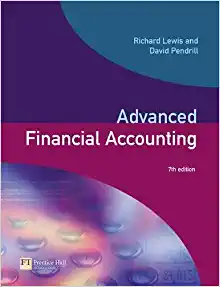Question
Consider the following portfolio allocation problem. An investor has initial wealth w0 = 100: The investor allocates the amount x to stocks, which provide return
Consider the following portfolio allocation problem. An investor has initial wealth w0 = 100: The investor allocates the amount x to stocks, which provide return r = 0:30 in a good state that occurs with probability = 1=2 and return r = 0:05 in a bad state that occurs with probability = 1=2: The investor allocates the remaining w0 x to a risk-free bond, which provides the return rf = 0:10. Assume that the investor has the following von Neumann-Morgenstern (vNM) expected utility function:
Consider the following portfolio allocation problem. An investor has initial wealth w0 = 100: The investor allocates the amount x to stocks, which provide return r = 0:30 in a good state that occurs with probability = 1=2 and return r = 0:05 in a bad state that occurs with probability = 1=2: The investor allocates the remaining w0 x to a risk-free bond, which provides the return rf = 0:10. Assume that the investor has the following von Neumann-Morgenstern (vNM) expected utility function:
u(w) = lnw where w is wealth. Calculate the optimal amount x that the investor should
allocate to stocks.
u(w) = lnw where w is wealth. Calculate the optimal amount x that the investor should
allocate to stocks.
Which investor is more risk averse, the investor in (a) or in (b)? Which investor allocates more of his or her wealth to stocks?
Step by Step Solution
There are 3 Steps involved in it
Step: 1

Get Instant Access to Expert-Tailored Solutions
See step-by-step solutions with expert insights and AI powered tools for academic success
Step: 2

Step: 3

Ace Your Homework with AI
Get the answers you need in no time with our AI-driven, step-by-step assistance
Get Started


